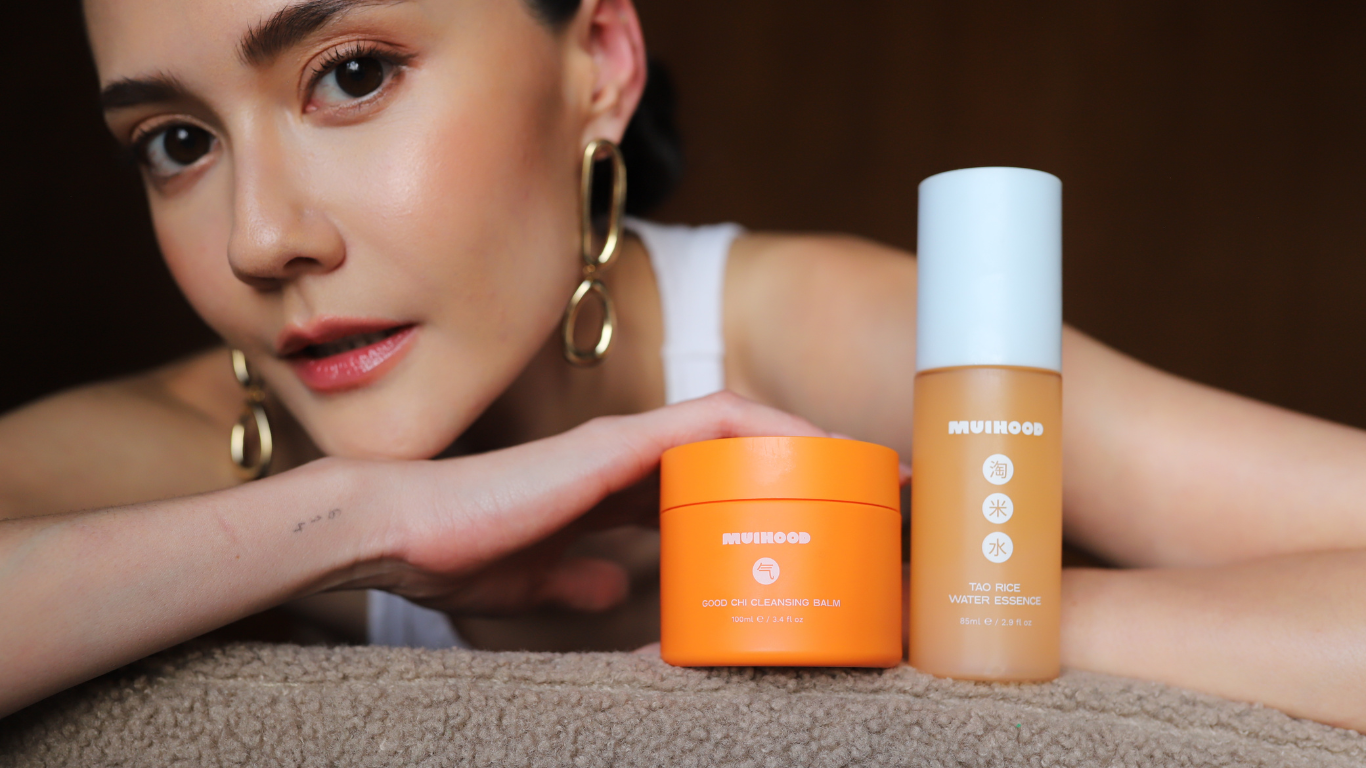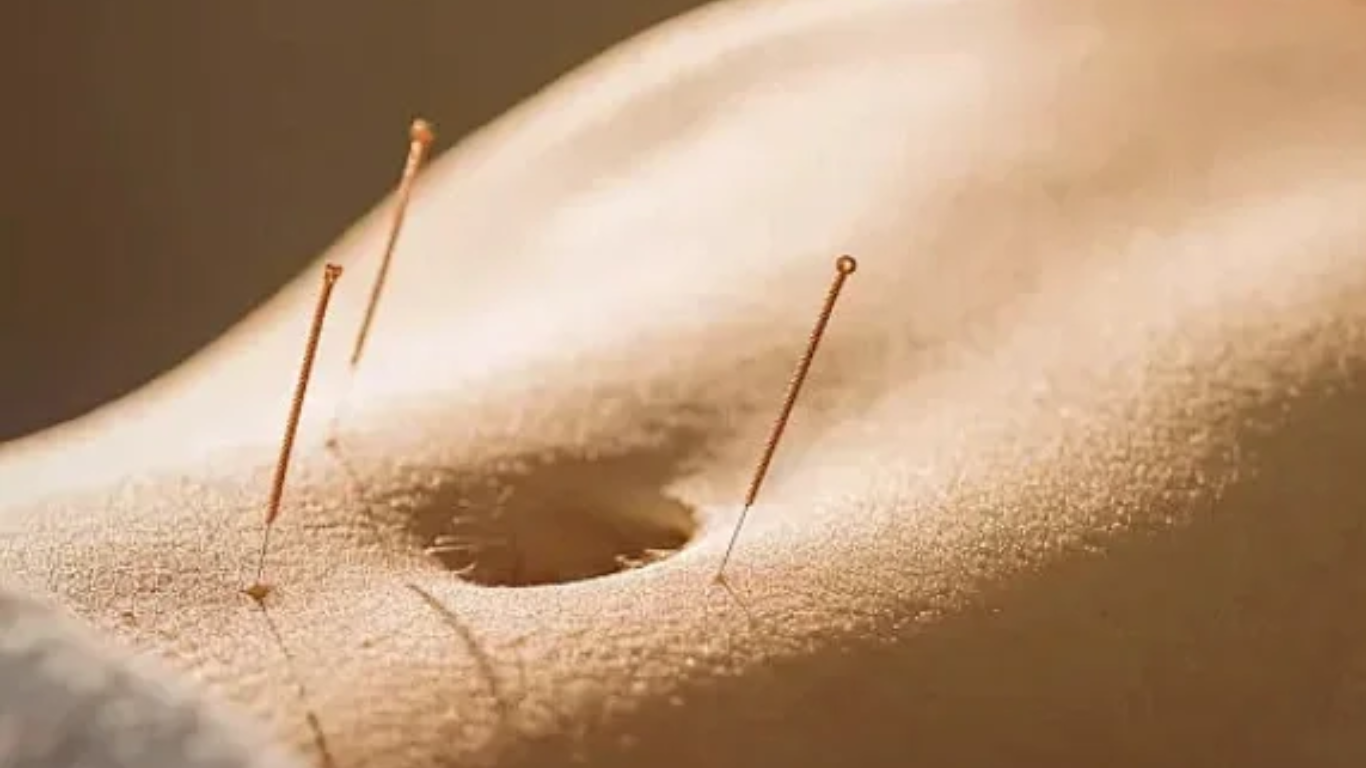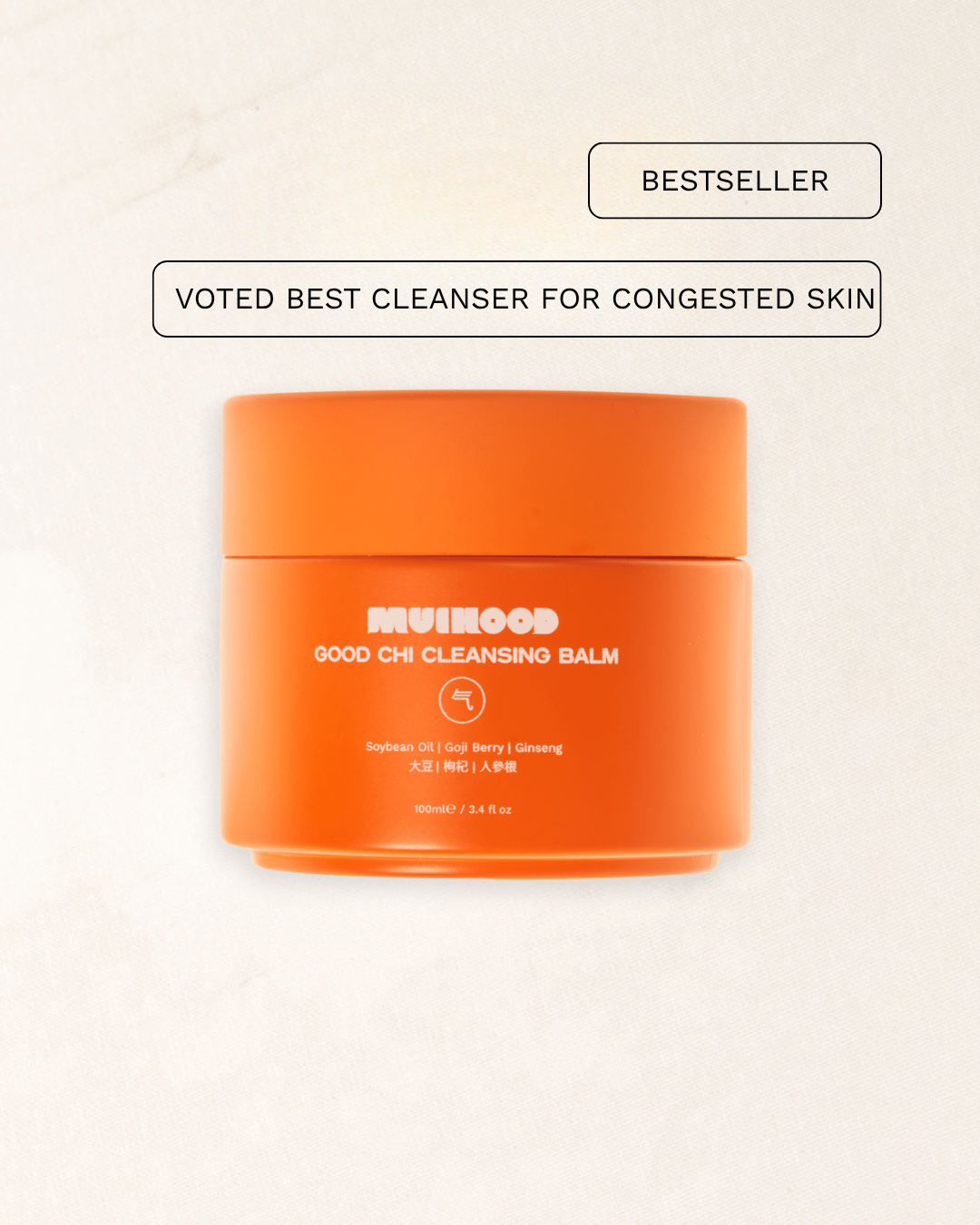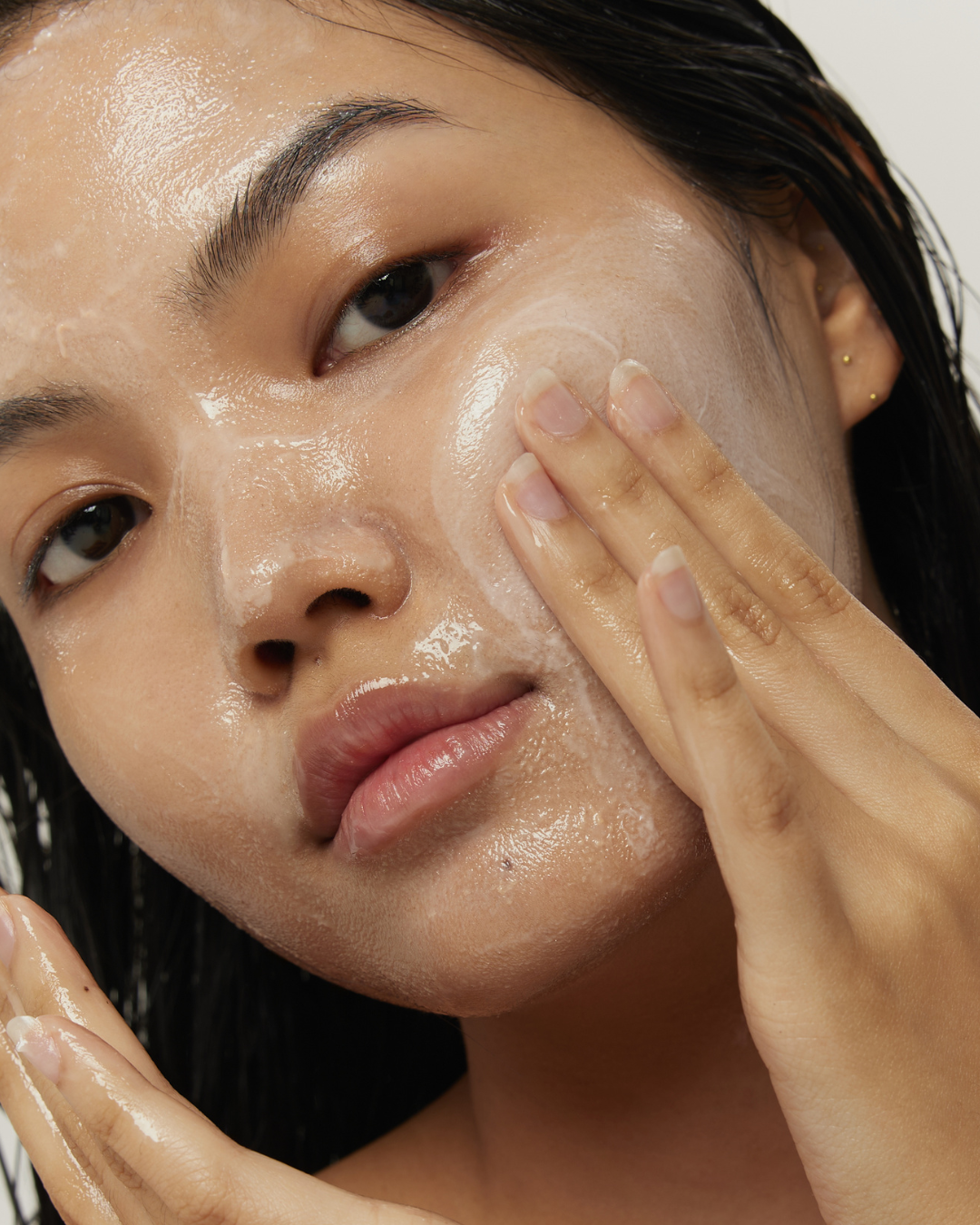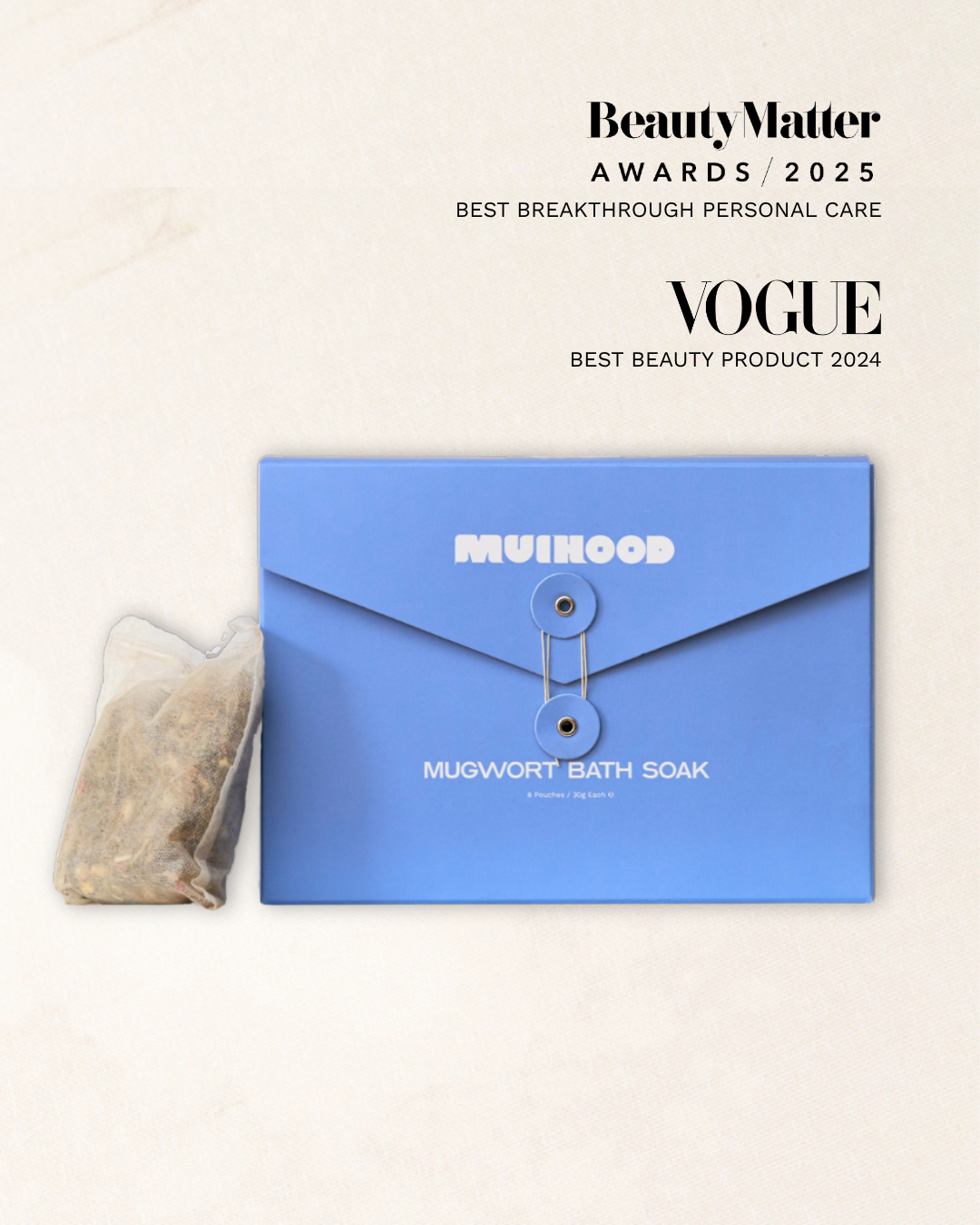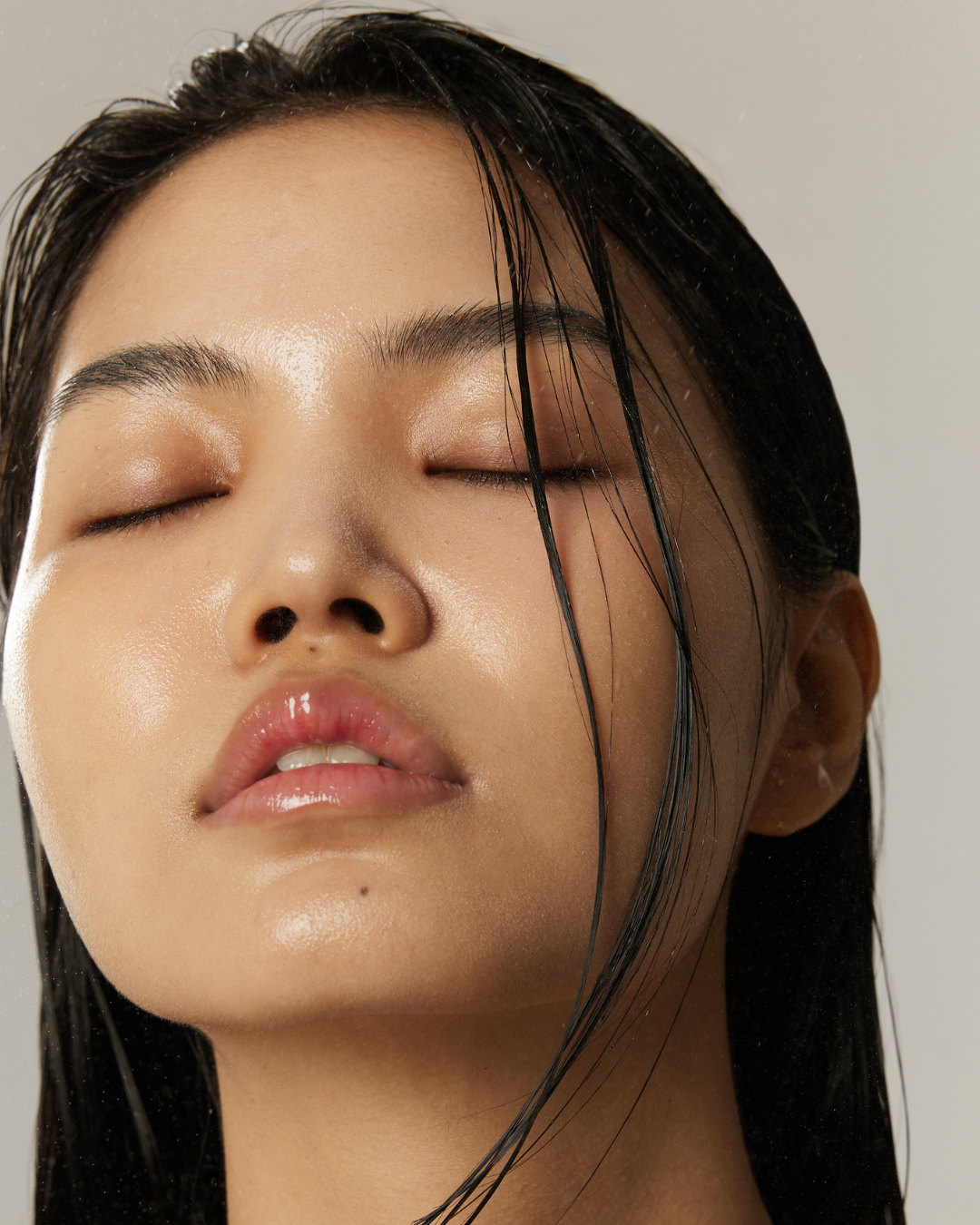In recent years, the world of skincare has witnessed a rise in natural and holistic remedies, with Traditional Chinese Medicine (TCM) leading the way. Rooted in thousands of years of practice, TCM offers unique insights into skincare routines that address not just external appearance, but overall health and well-being.
The Foundation of Chinese Medicine in Skincare
Traditional Chinese Medicine (TCM) is based on balancing the body's energy (or "Qi") to promote harmony between body, mind, and environment. In TCM skincare, the focus is not just on treating the surface of the skin, but on addressing the root causes of issues, which are often linked to internal imbalances such as poor digestion, stress, or hormonal changes. The skin is viewed as a reflection of inner health, which is why Chinese medicine skincare takes a holistic approach to achieving healthy, dewy skin.
How TCM Is Enriching the Skincare Market
The beauty industry has begun incorporating more TCM principles into its products and practices. By embracing ancient methods, the skincare market is becoming more comprehensive, offering natural and less invasive treatments that focus on long-term health. The growing popularity of herbal formulations, acupuncture facials, and jade rollers is proof that TCM is enriching the skincare market with time-tested remedies.
Key Benefits of Chinese Medicine for Skin
- Herbal Remedies: TCM herbs like ginseng, goji berries, and liquorice are known for their anti-inflammatory and antioxidant properties. These herbs are often found in creams, masks, and serums, designed to reduce redness, fight acne, and brighten the complexion.
- Personalised Treatments: Unlike one-size-fits-all products, TCM practitioners tailor treatments to the individual’s specific skin concerns and overall health. This personalised care aims to balance internal energies and resolve deeper issues that may be causing skin conditions like acne, eczema, or premature aging.
Understanding Face Mapping in TCM
One of the most fascinating aspects of Chinese medicine for skin is face mapping. In TCM, each area of the face corresponds to different organs in the body, and skin problems in specific areas can indicate internal issues.
- Forehead: Linked to the digestive system. Breakouts here may suggest poor digestion or stress.
- Nose and cheeks: These areas are associated with the respiratory system and heart. Redness or broken capillaries could indicate imbalances in these organs.
- Chin and jawline: Often connected to the hormonal system. Acne in these areas is common during menstrual cycles or hormonal changes.
By using face mapping, TCM practitioners can provide targeted treatments that address the internal causes of external skin issues, promoting healthier skin from within.
Does Gua Sha Work?
One of the more popular TCM-inspired tools in skincare today is the gua sha, a smooth stone used to massage the face. But does gua sha actually work? The answer lies in its ability to improve circulation, reduce puffiness, and stimulate lymphatic drainage.
By gently scraping the gua sha across the skin, it can enhance blood flow and relieve muscle tension, leading to a more lifted, toned appearance. Over time, this technique can help with reducing wrinkles, promoting collagen production, and achieving a healthy glow.
While gua sha may not provide instant results, consistent use can lead to long-term improvements in skin elasticity and texture. Plus, it’s a natural, non-invasive way to pamper your skin.
Traditional Chinese Medicine offers a holistic approach to skincare that not only addresses surface-level issues but also promotes overall health and well-being. By incorporating practices such as herbal remedies, face mapping, and gua sha, the skincare industry is increasingly turning to TCM for solutions that go beyond beauty.


